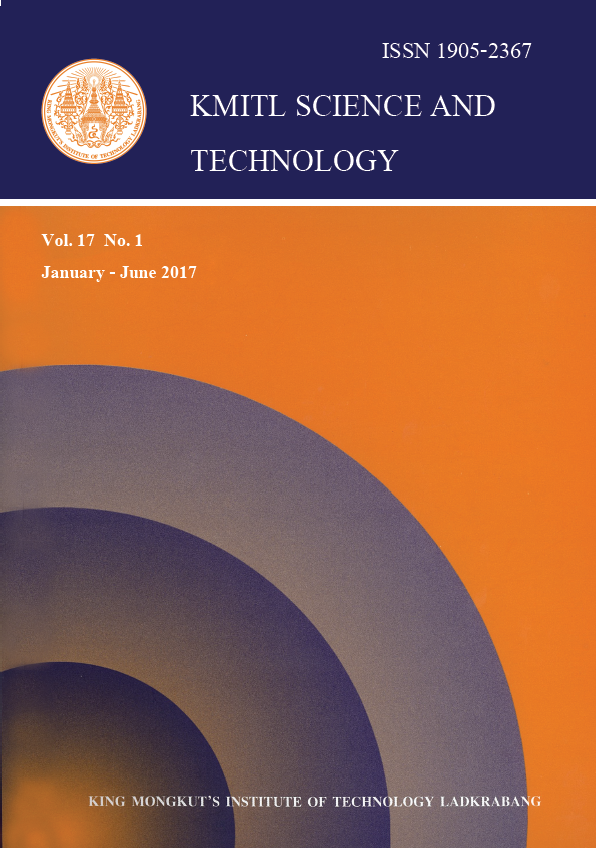Antimicrobial activity of 6 spice methanolic extracts against Pseudomonas fluorescens using disc diffusion assay and minimum inhibitory concentration (MIC) determination was studied. Extract of clove (Syzygium aromaticum) was the most effective against the growth of P. fluorescens (3.2 mg/ml MIC), followed by the extracts of thyme (Thymus vulgaris), star anise (Illicium verum), galanga (Alpini agalanga), caraway (Ocimum gratissimum) and licorice (Glycyrrhiza glabra). Clove extract also possessed the strongest antioxidant activity (3.63 mmol Fe (II)/ g extract) by ferric reducing antioxidant power method, followed by the extracts of thyme, caraway, galanga, licorice and star anise. Therefore, clove and thyme extracts were selected for further study. Their effect on microbial load and lipid oxidation in raw chicken thighs has investigated. Total viable counts and total Pseudomonas counts on raw chicken thigh surface after dipping in aqueous solution of 1-2% clove extract, 1-2% thyme extract or distilled water were compared. Addition of 2% clove extract in dipping solution was the most effective to reduce the microbial number on the chicken thigh surface and delayed the lipid oxidation in the raw chicken thigh meat. The treatment of naturally contaminated chicken thighs by dipping in aqueous solution of 2% clove extract resulted in immediate reduction of total viable counts and total Pseudomonas counts on the chicken thigh surface by 0.56 and 0.28 log CFU/ 25 cm2, respectively. Moreover, this treatment also resulted in 0.53 log CFU/ 25 cm2 reduction of total Pseudomonas counts on the chicken thigh surface, and delayed lipid oxidation in the raw chicken thigh meat after 7-day refrigerated storage.
Keywords: Chill storage, Psychrotroph, Lipid oxidation, Raw chicken thigh
*Corresponding author: E-mail: snanasombat@gmail.com
Nanasombat*, S. ., Mahawiriyo, G. ., Budsamongkon, C. ., & Thummajinda, N. . (2018). Antibacterial Activity of Spice Extracts against Pseudomonas fluorescens: Application of Clove and Thyme Extracts in Decontamination of Raw Chicken. CURRENT APPLIED SCIENCE AND TECHNOLOGY, 113-120.

https://cast.kmitl.ac.th/articles/129474